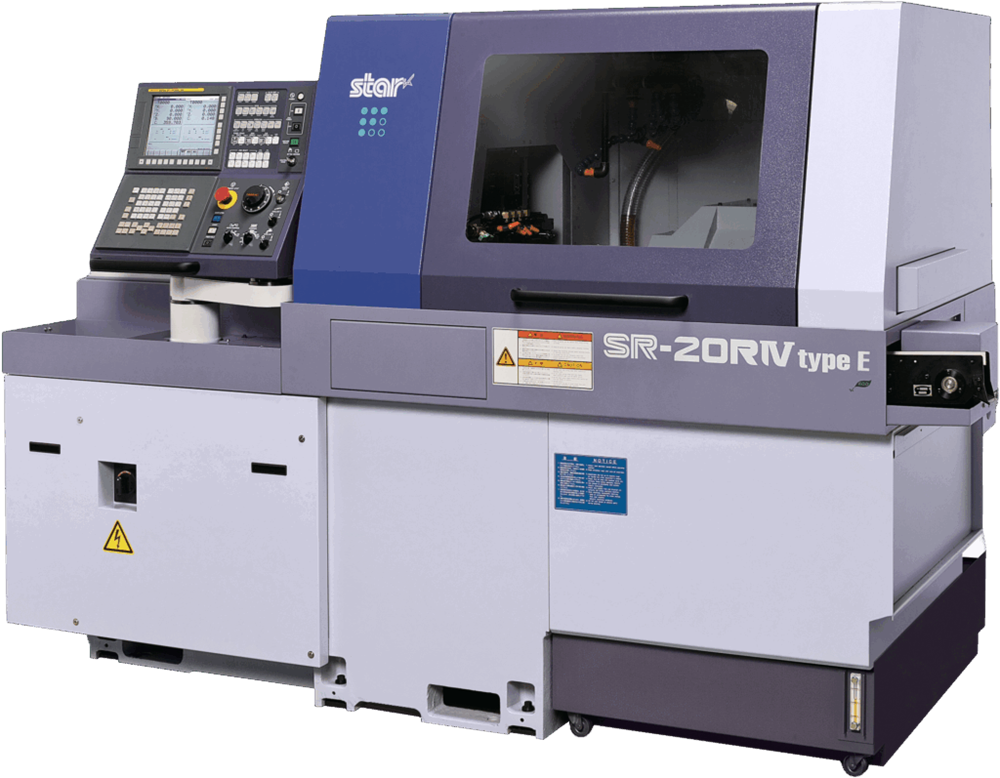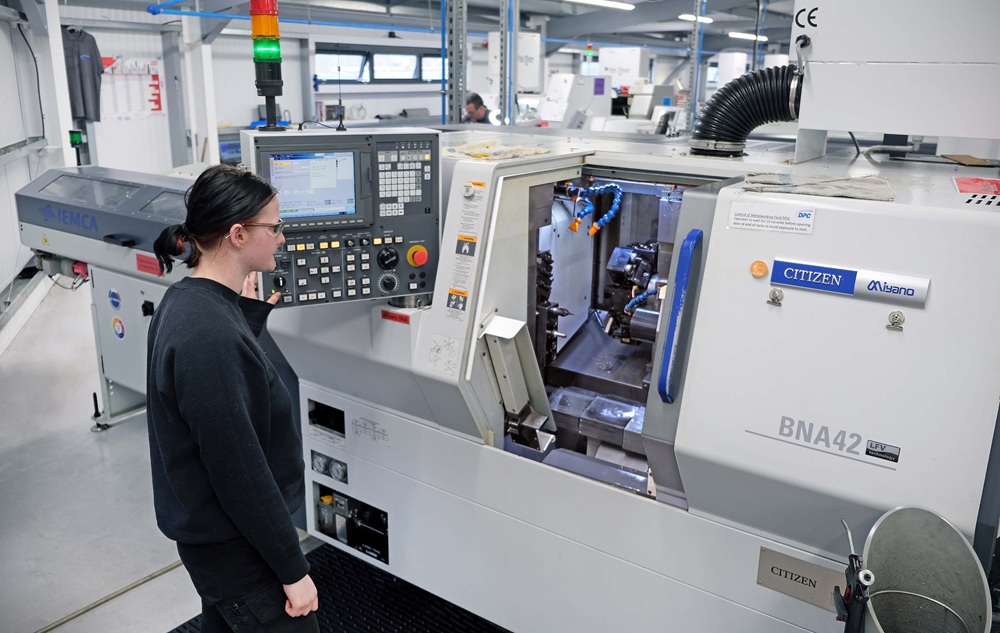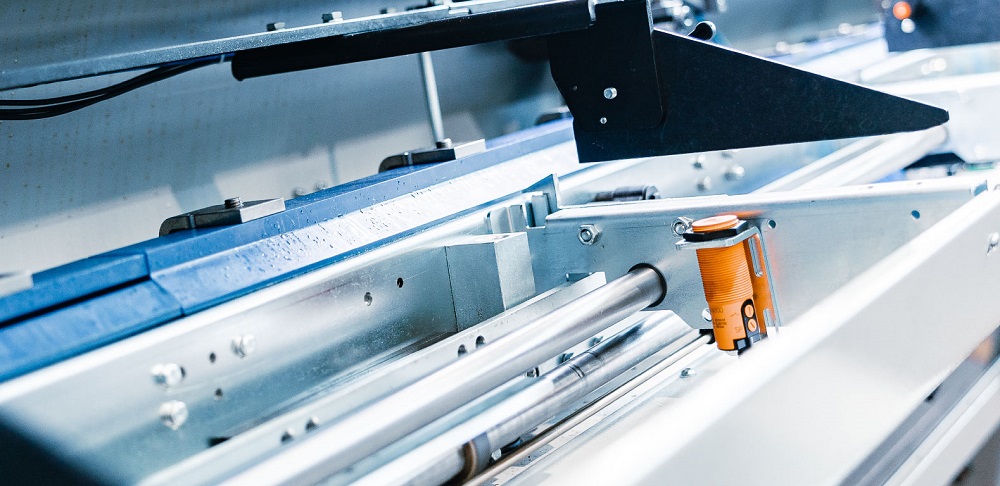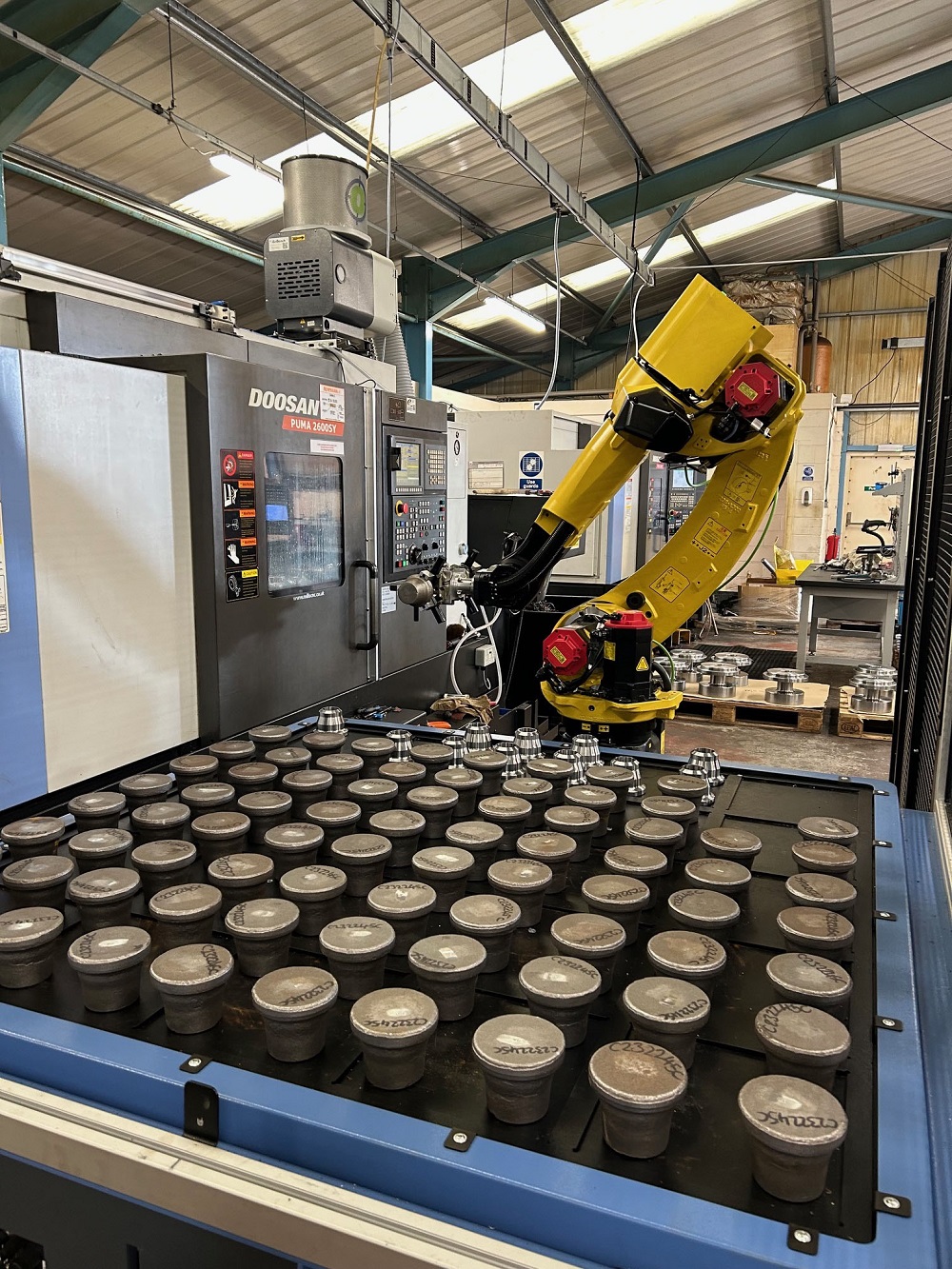Star Micronics is set to launch the SR-20RIV Type E, the latest evolution of its long-established SR-20RIV sliding-head lathe. Building on the success of the Type A and Type B variants, the new model has been developed to meet even broader application requirements across sectors such as automotive and medical manufacturing.
Since the original release of the SR-20RIV in 2012, over 2400 machines have been sold worldwide, thanks to key attributes like reliability and versatility. The new Type E introduces enhanced functionality with a customer-requested B-axis tool post capable of simultaneous four-axis control, enabling more complex machining tasks such as 3D milling. UK availability is scheduled from September 2025.
Alongside the powered tool unit featuring a B-axis with NC-programmable angle control, further features of note include a front-end gang-type tool post that incorporates Star’s proprietary uniform-load cross-guide structure. Here, eight linear guide bearings are evenly arranged around the guide bush, which is the cutting point where load generates during machining. By distributing the load evenly to eight linear guide bearings, the load applied to each linear guide bearing is minimised and tool post rigidity improves. The employment of this tool-post structure enables extended continuous operation with stable accuracy, while prolonging the service life of linear guide bearings.
Importantly, the machine can be switched between guide bush and non-guide bush configurations depending on part length. This capability optimises material use: guide bush mode offers support for long parts, while non-guide bush mode minimises bar remnants for short components, reducing waste and cost.
With capacity for up to 41 tools on a 27-position station, the Type E supports a wide range of complex and multi-process machining applications.
More information www.stargb.com



















